Understanding Digital Identity: The Future Of Personal And Professional Security
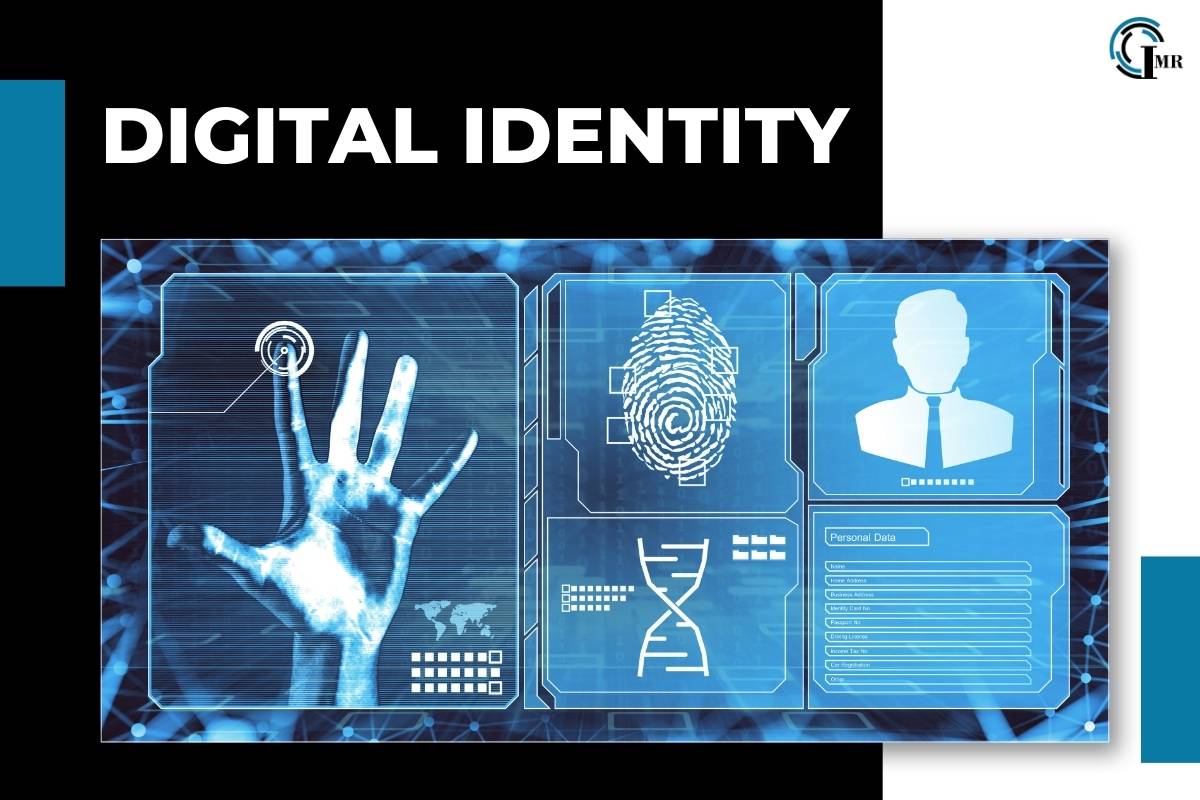
Today, the concept of digital identity has emerged as a cornerstone of personal and professional security. As we navigate an increasingly interconnected world, our digital identities play a crucial role in defining who we are online, how we interact with services, and how we protect our personal information. This blog delves into the intricacies of this concept, its importance, and the role of the biometrics industry in shaping its future.
What is Digital Identity?
Digital identity refers to the online presence and characteristics of an individual, organization, or device that are used to authenticate and authorize interactions on digital platforms. This identity is created through a combination of personal information, such as usernames, passwords, social media profiles, and biometric data, including fingerprints, facial recognition, and voice patterns.
In essence, this identity is a digital representation of a person’s real-world identity. It is used to access various online services, from social media accounts and banking services to government portals and workplace systems. The importance of a robust and secure digital identity cannot be overstated, as it serves as the foundation for trust and security in the digital realm.
Components of Digital Identity
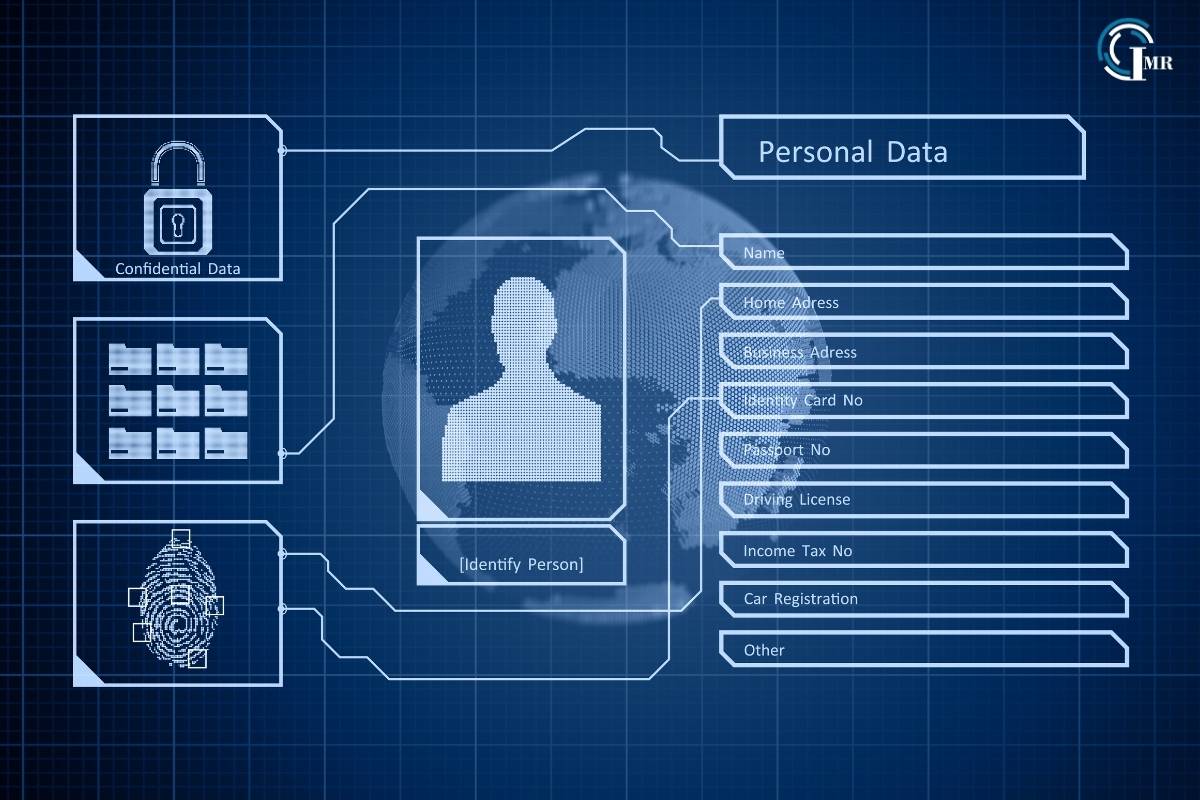
Digital identity is composed of several key elements, each contributing to the overall security and functionality of the identity:
- Personal Information: This includes basic details such as name, date of birth, address, and contact information. These details are often used in combination with other factors to verify an individual’s identity.
- Credentials: These are the unique identifiers that allow access to digital services, such as usernames and passwords. Multi-factor authentication (MFA) is increasingly being used to enhance security by requiring additional verification steps.
- Biometric Data: Biometric identifiers, such as fingerprints, facial recognition, and voice recognition, are unique to each individual and provide a higher level of security. The biometrics industry is at the forefront of developing advanced technologies to ensure accurate and secure biometric authentication.
- Behavioral Data: This includes patterns of behavior, such as typing speed, browsing habits, and location data. Behavioral biometrics can help detect anomalies and potential fraud by analyzing deviations from typical behavior.
- Digital Certificates: These are electronic documents that use encryption to authenticate the identity of individuals or devices. Digital certificates are commonly used in secure communications and transactions.
The Importance of Digital Identity
The significance of this type of identity extends across various sectors and applications, each benefiting from the enhanced security and convenience it offers:
- Financial Services: In the financial sector, digital identity is crucial for verifying the identity of customers, preventing fraud, and ensuring compliance with regulations such as Know Your Customer (KYC) and Anti-Money Laundering (AML) laws. Secure digital identities help protect both customers and financial institutions from unauthorized access and financial crimes.
- Healthcare: Digital identities enable secure access to medical records, telehealth services, and online appointment scheduling. Patients can have confidence that their sensitive health information is protected, while healthcare providers can streamline operations and improve patient care.
- Government Services: Governments use digital identities to offer a wide range of online services, from tax filing and social security to voting and public benefits. Secure digital identities enhance the efficiency of service delivery and reduce the risk of identity theft.
- E-commerce: Online retailers rely on digital identities to verify customers, process payments, and prevent fraudulent transactions. A secure digital identity ensures a smooth and safe shopping experience for consumers.
- Workplace Security: In the corporate world, digital identities are used to control access to sensitive information, systems, and physical locations. Ensuring that only authorized personnel can access critical resources is essential for maintaining data security and operational integrity.
The Role of the Biometrics Industry
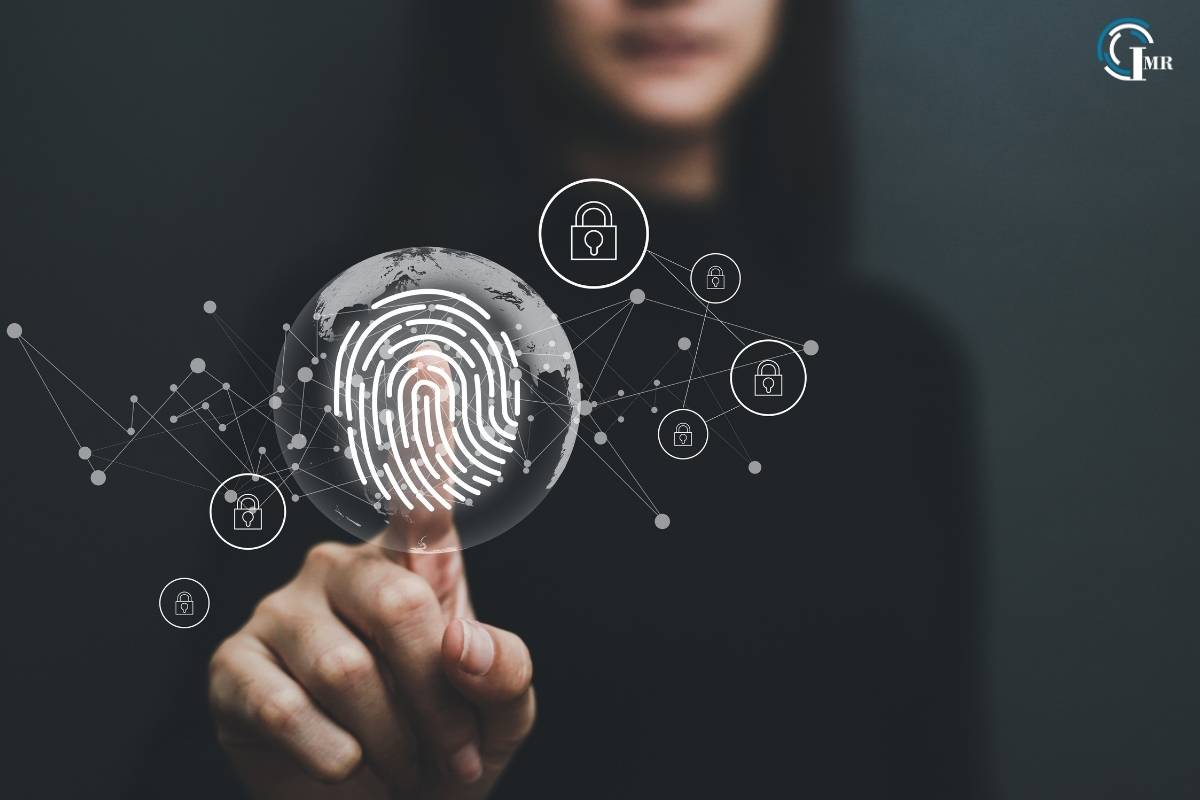
The biometrics industry plays a pivotal role in the development and implementation of secure digital identities. By leveraging unique physiological and behavioral characteristics, biometric technologies offer unparalleled accuracy and security in identity verification. Here are some key contributions of the biometrics industry:
- Enhanced Authentication: Biometric authentication methods, such as fingerprint scanning, facial recognition, and iris scanning, provide a higher level of security compared to traditional passwords. These methods are difficult to replicate, making them highly effective in preventing unauthorized access.
- Convenience and User Experience: Biometric authentication is not only secure but also convenient for users. With a simple touch or glance, individuals can access their accounts and services without the need to remember complex passwords. This ease of use is driving widespread adoption across various sectors.
- Fraud Prevention: The biometrics industry is instrumental in combating identity fraud and ensuring the integrity of digital identities. Biometric data is unique to each individual, making it extremely difficult for fraudsters to impersonate others. This significantly reduces the risk of identity theft and unauthorized transactions.
- Advancements in Technology: Continuous innovation in the biometrics industry is leading to the development of more sophisticated and reliable biometric solutions. From 3D facial recognition to advanced behavioral biometrics, these technologies are setting new standards for security and accuracy.
- Regulatory Compliance: As regulatory requirements around data protection and identity verification become more stringent, the biometrics industry is helping organizations comply with these mandates. By providing secure and compliant biometric solutions, the industry ensures that organizations can meet regulatory standards while safeguarding user privacy.
Challenges and Future Trends
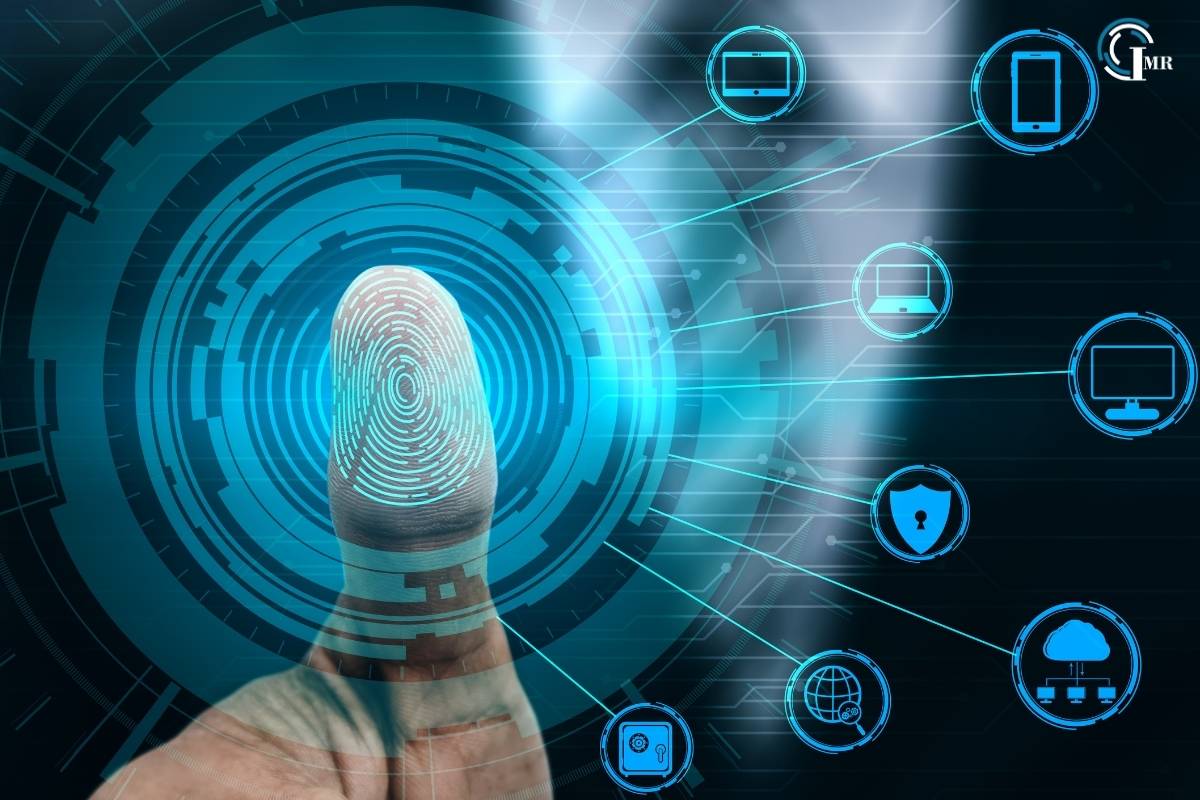
While digital identity and biometric technologies offer significant benefits, they also come with challenges that need to be addressed:
- Privacy Concerns: The collection and use of biometric data raise important privacy issues. It is essential to implement robust data protection measures and obtain user consent to ensure that biometric information is handled responsibly.
- Security Risks: Despite the high level of security offered by biometric technologies, no system is completely immune to attacks. Continuous monitoring and updating of security protocols are necessary to stay ahead of potential threats.
- Interoperability: Ensuring that digital identities can be used seamlessly across different platforms and services is a challenge. Standardization and interoperability are crucial for creating a cohesive and user-friendly digital identity ecosystem.
- Access to Technology: Not everyone has access to the latest biometric technologies, which can create disparities in digital identity verification. Efforts must be made to ensure that secure digital identities are accessible to all, regardless of technological limitations.
Looking ahead, several trends are expected to shape the future of digital identity and the biometrics industry:
- Integration with Blockchain: Blockchain technology offers a decentralized and secure way to manage digital identities. By integrating biometrics with blockchain, it is possible to create tamper-proof and verifiable digital identities that enhance trust and security.
- Artificial Intelligence and Machine Learning: AI and machine learning are being used to enhance biometric authentication by improving accuracy and detecting fraudulent activities. These technologies enable continuous learning and adaptation to new threats.
- Digital Identity Wallets: Digital identity wallets allow individuals to store and manage their digital identities securely. These wallets provide users with greater control over their personal information and facilitate seamless interactions with digital services.
- Remote and Contactless Authentication: The COVID-19 pandemic has accelerated the adoption of remote and contactless authentication methods. Biometric solutions that enable secure access without physical contact are becoming increasingly important.
Conclusion
Digital identity is a fundamental aspect of our digital lives, providing the foundation for secure interactions and transactions online. The biometrics industry is playing a critical role in advancing the security and usability of digital identities through innovative authentication methods. As we continue to embrace digital transformation, the importance of robust and secure digital identities will only grow, shaping the future of personal and professional security in the digital age.
By addressing the challenges and leveraging emerging technologies, we can create a digital identity ecosystem that is secure, inclusive, and resilient. The continued collaboration between stakeholders in the biometrics industry, technology developers, policymakers, and users will be essential in achieving this vision and ensuring a safe and trustworthy digital world for all.




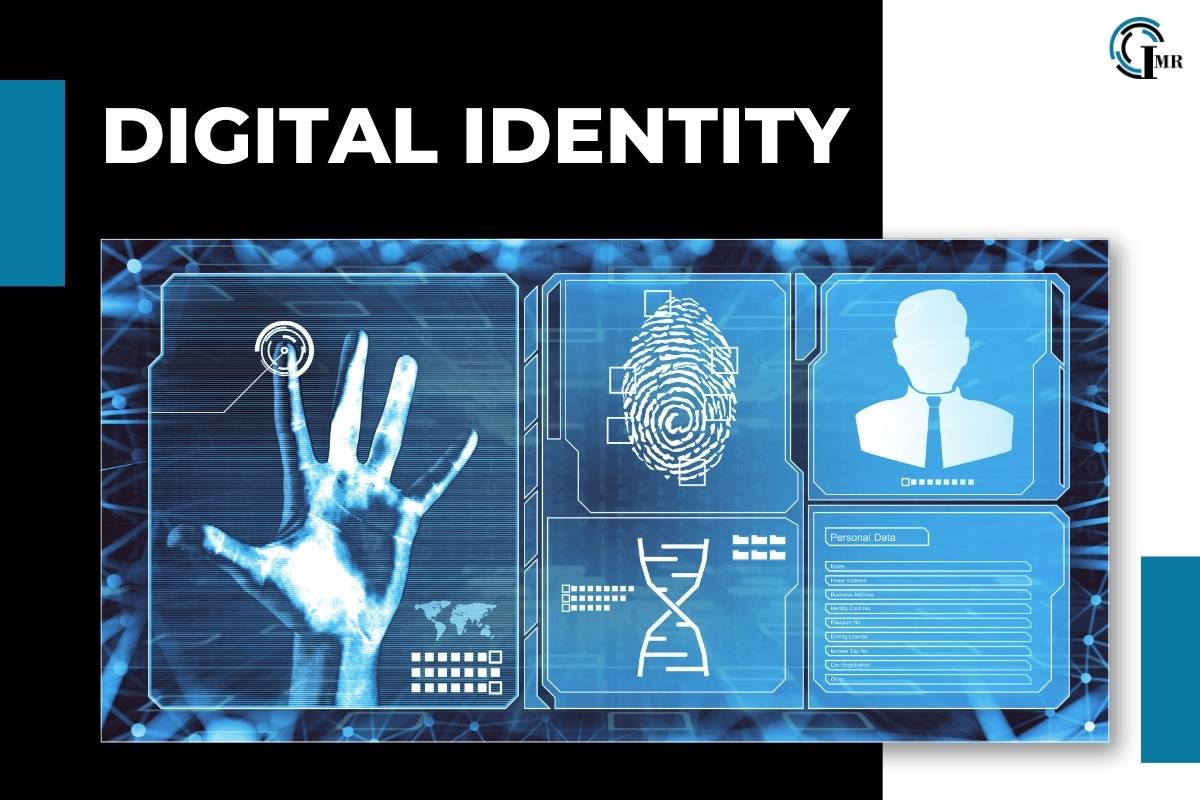
Comments